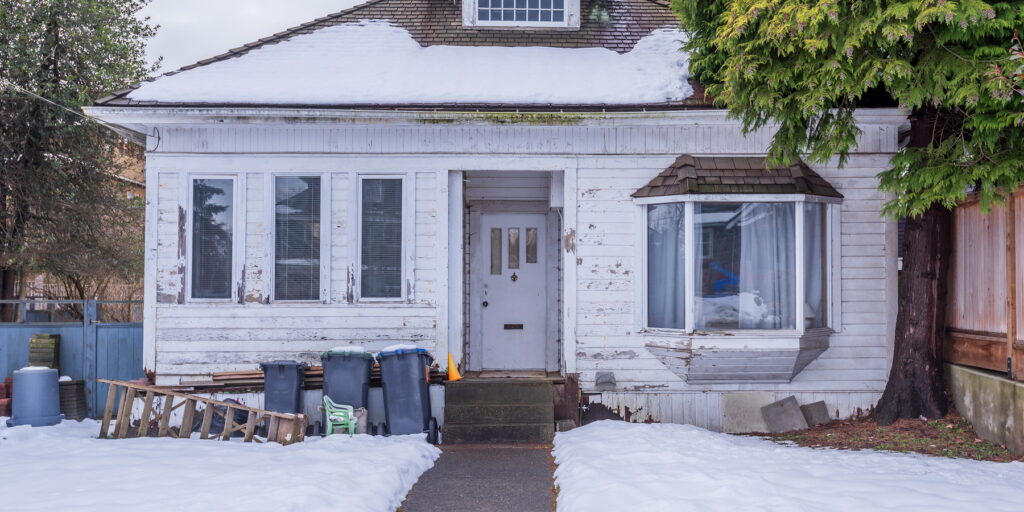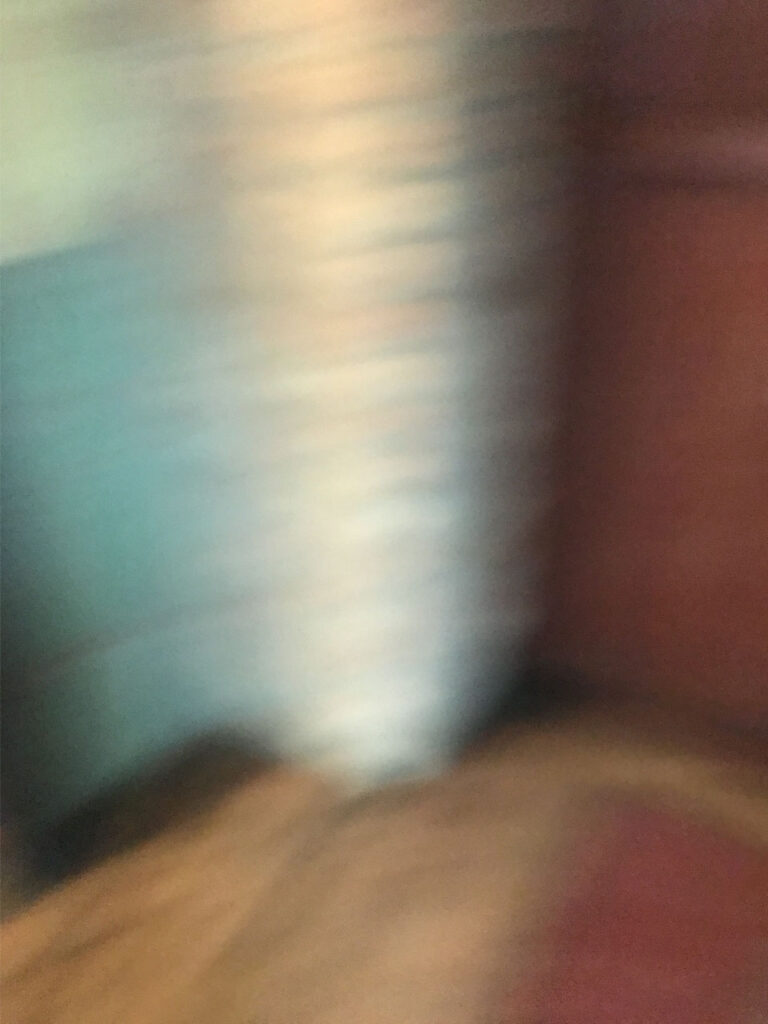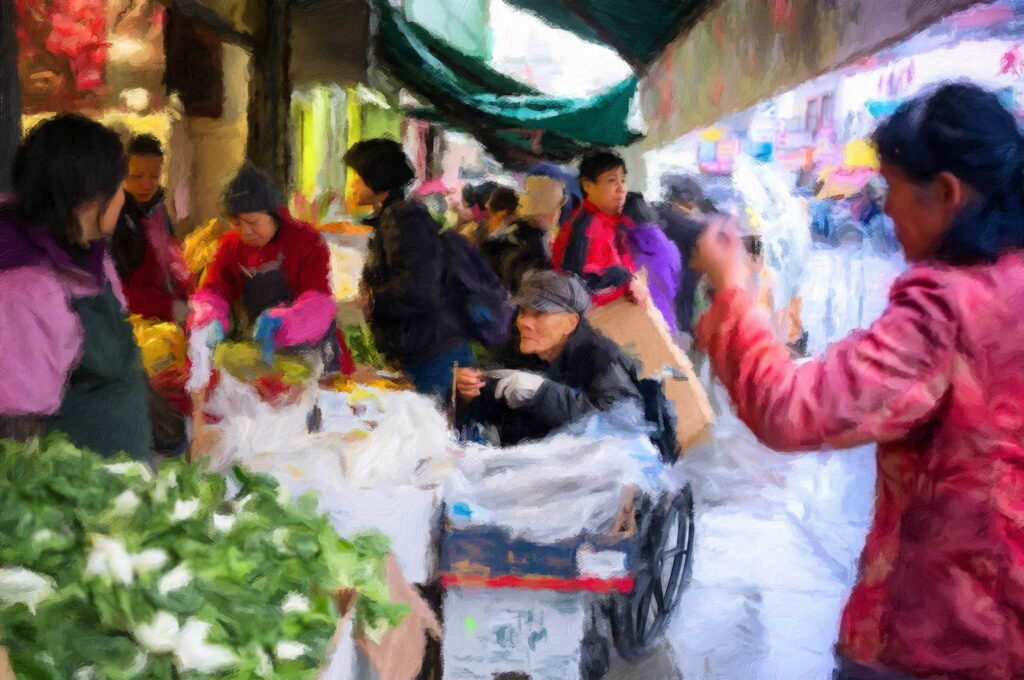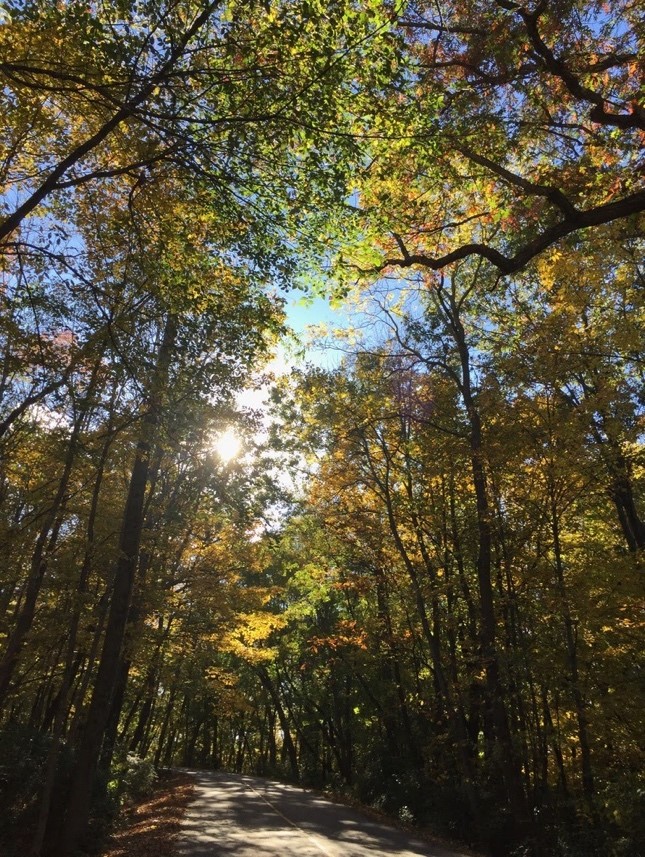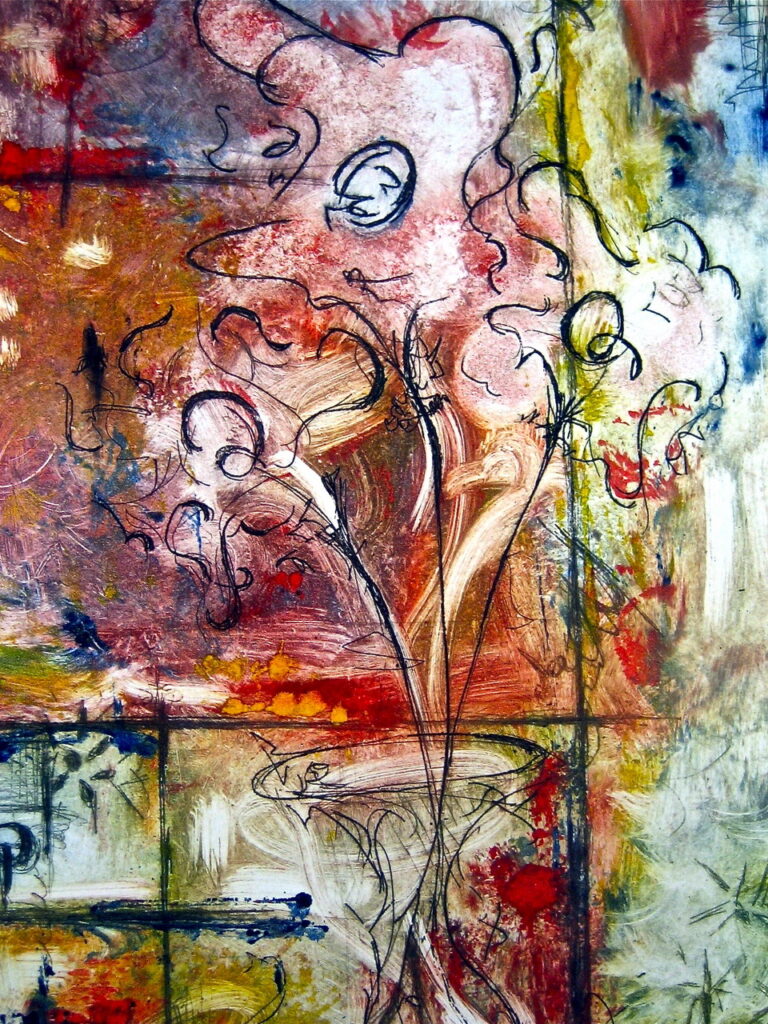October 2021
From the Editors
None of us want to be in calm waters all our lives. — Jane Austen
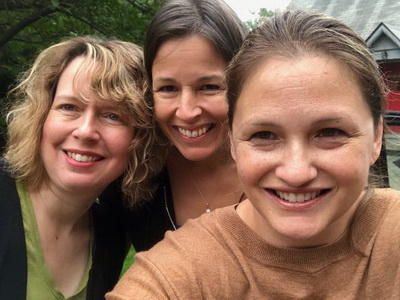
Dis-ease, one of us said—Issue 11 is thick with it. Dis-ease through disruption—that’s the source of the energy running through this work. Sherre Vernon in “City Cancels 4th of July” and Brooke Middlebrook in “Philosophy of the Dance” disrupt their own narratives with borrowed text, layering in more meaning with see-sawing voice and tone. So much of the power of Laine Harrington’s “Philippines, 1973” comes from jarring images and word choices that shove attention from one line to another. Subject, form, and diction are so very different, yet all three pieces feel uneasy and out-of-focus, with protagonists always on the edge of one kind of danger or another. Having spent a year and a half, now, more-or-less sheltering in place… our psyches are ready for a little less stillness.
—Claire, Suzanne, Cheryl
Join Our Growing Community
We’re just getting started here at Waterwheel Review, and we couldn’t be happier. But we have big dreams. Right now we have two ways—in addition to being an author or maker—to be a part of our labor of love.
1. Sign up for our newsletter.
You’ll know when each issue goes live and learn news about WWR and our authors.
*We promise never to sell or share your information. We hate spam as much as you do. For more info, read our full Privacy Policy.
2. Support literature without labels.
All expenses are out of pocket. Any help goes to our submissions manager and media. We would LOVE to one day pay authors, hold contests, speak at conferences… (slow down, deep breath). Thank you for supporting literature and art!
